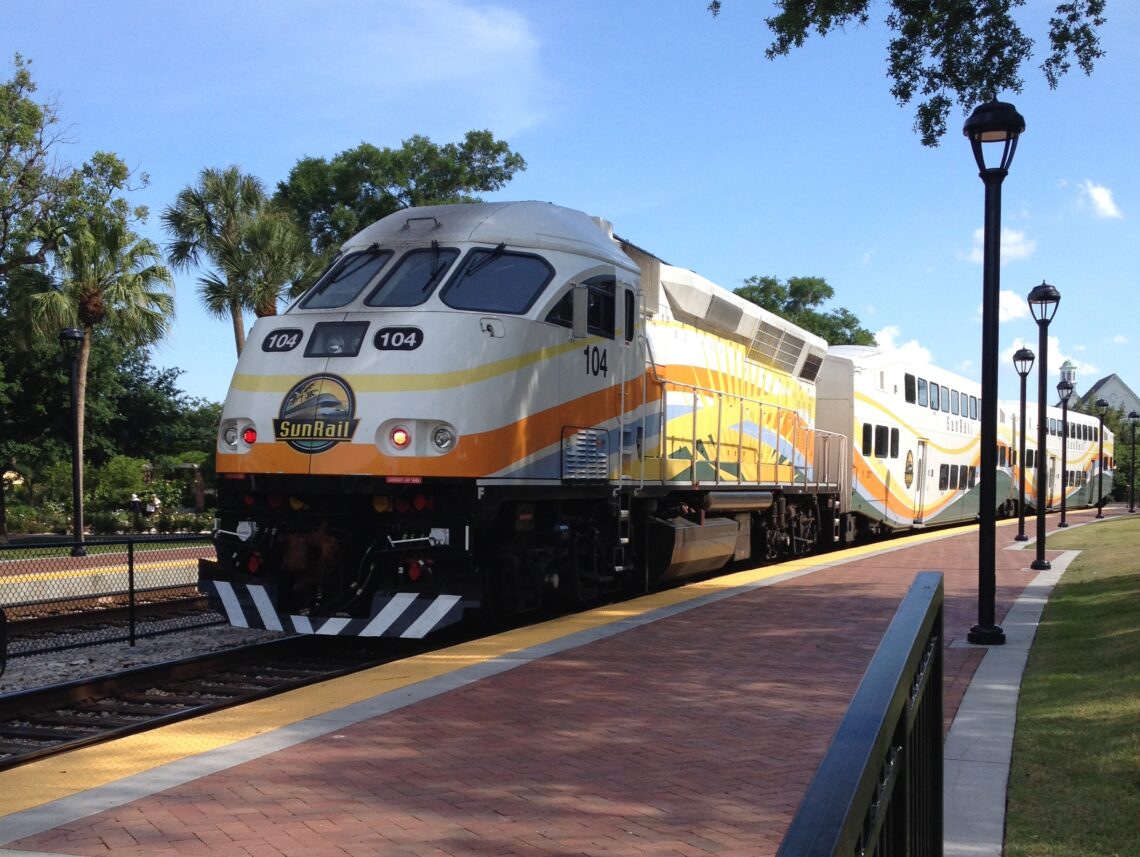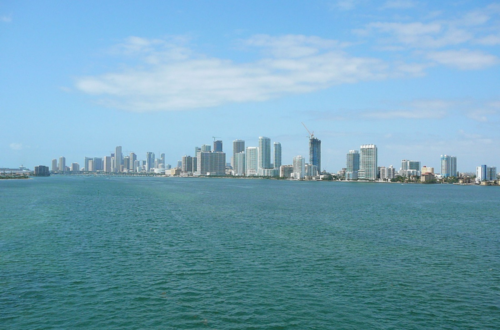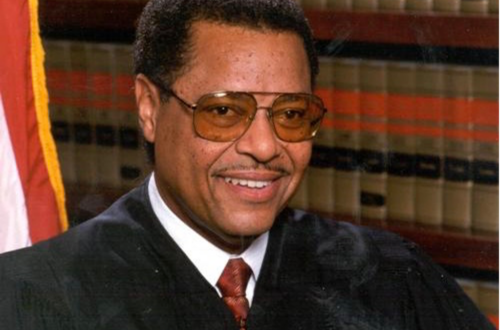Two and a half million people live in the Orlando metropolitan area, and 75 million tourists visit annually.
The city’s unique role as a global transportation hub has positioned it to be one of the most innovative in the southeastern United States. Recently, a panel of industry leaders hosted by the Southern Group, a Tallahassee-based lobbying firm, recognized Central Florida as a regional leader in its diversification efforts.
Bob O’Malley, EVP Corporate Development for Railroad Consultants, PLLC., attributes Central Florida’s success to a high level of communication and coordination between stakeholders at the regional level.
“Because they’ve gotten [traditional modes of transportation] right, they’ve been able to look at other innovations,” O’Malley explained in an interview.
There is also typically a strong bipartisan consensus among elected leaders that gives Central Florida a strong foundation, he notes.
No elected leader is as central to Central Florida as Orlando Mayor Buddy Dyer. First elected in 2003, he is the longest-serving mayor in the city’s history. Yet despite his long tenure, Dyer’s focus is on what lies ahead.
“Instead of a ‘smart city,’ we want to be a ‘future-ready’ city,” Dyer told the Florida Political Review, “and that’s a city that can adapt to new technology.”
Like many cities in the South, Orlando has long been dominated by automobiles and highways. Dyer hopes to change that by creating a more diverse public transportation system.
“We want to be a true multimodal community,” he said. “As new technology and opportunities for partnerships come along, we want to be ready to take advantage of that. We want to give citizens options.”
Central Florida already has a strong bus network, Lynx, and in recent years SunRail has served as a passenger rail option. Beyond that, Downtown Orlando has bike and scooter share options, and ride share companies such as Uber and Lyft are active in the region.
Two new options are particularly eye-catching: autonomous vehicles provided by Beep, and vertical takeoff and landing aircraft provided by Lilium. Both companies will be using Orlando as one of their first locations for mass public use.
Tanya Wilder, Orlando’s transportation director, shares the mayor’s support for a “future-ready” multimodal transit network. In an interview, she credited Dyer’s leadership in creating a culture of innovation.
“He loves technology and what it can bring to the community,” Wilder said. “He’s known as ‘the transportation mayor,’ and it fits into his vision for Orlando as a transportation hub, which we believe is the nucleus of all things innovative.”
She noted that much of the city’s diversification effort is driven by its rapid growth. With roughly a thousand new people moving to Central Florida every day, the Orlando metropolitan has become one of the fastest-growing in the United States, which demands new options for residents.
That growth, however, can also create challenges, especially when it comes to efficiently using resources as the city expands so quickly.
“We strive to build a better quality of life for our residents,” she explained. “With Orlando being one of the fastest growing regions in the country, we do have to explore and be creative on our funding opportunities.”
One potential source of funding that Wilder mentioned was the Orange County sales tax initiative, a proposed amendment to the county charter that would raise sales taxes by one cent on the dollar to fund transportation services.
Dyer says that he and Orange County Mayor Jerry Demings are working together on the initiative to create such a tax in Orange.
The push reflects the need for more public funding. However, O’Malley believes what distinguishes Central Florida’s approach to transportation from other states is not just public support, but also the robust role of the private sector.
“If it’s all public, it’s too big of a burden to get done, but it can’t be all private either,” O’Malley explained. “There needs to be the right mix of private innovation and public support.”
He says this is especially true for a potential high-speed rail system, which would need the efficiency and innovation of private operation.
Recently, high-speed rail has enjoyed a surge in popularity, becoming perhaps the most popular alternative transportation model for local, state and national policymakers.
A publicly funded line between Orlando and Tampa was promised by then-President Barack Obama in 2010 but was never built after then-Governor Rick Scott rejected $2.4 billion of federal funding for the project.
However, President Joe Biden and Secretary of the Department of Transportation Pete Buttigieg have stressed high-speed rail as an integral part of their far-reaching infrastructure program, and there seems to be much more political will to get it done now versus 11 years ago.
The growing support for high-speed rail in both the private sector and the political sphere reflects the emerging renaissance for passenger rail in the United States, driven by new high-speed technologies and a push for sustainable solutions that take cars off the road and make transit more affordable.
For the example of what successful high-speed rail would look like in Central Florida, O’Malley points to BrightLine, the publicly supported, privately operated intercity rail line based in Miami that is currently building a leg to reach the Orlando International Airport.
Dyer and Wilder also consider BrightLine a vital part of the region’s future infrastructure. The mayor described the aforementioned failure to build a high-speed line during the Obama administration as the “biggest disappointment” of his tenure in office, but he expressed enthusiasm about the prospects for BrightLine.
“We’re still interested in those opportunities,” Dyer said. “BrightLine is giving us an opportunity to connect between Orlando, West Palm, Ft. Lauderdale and Miami, and that is going to happen in the next year.”
The mayor also said that stakeholders are negotiating the addition of an Orlando-to-Tampa leg of the BrightLine system along a route similar to the one promised by Obama.
“The country is at a unique moment in time [that is] right for public investment in passenger rail systems,” O’Malley says. “We have a president that wants more investment, we have a DOT Secretary who wants to help fulfill his vision, and if we can find the right mix of private innovation and public support, we’ll be able to get there.”
Check out other recent articles from Florida Political Review here.
Featured image: A SunRail train leaves the station in Winter Park, FL. Unmodified image by Artystyk386 used under a Creative Commons license. (https://bit.ly/3w1NiDV)





